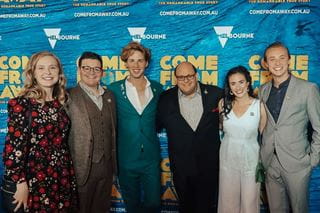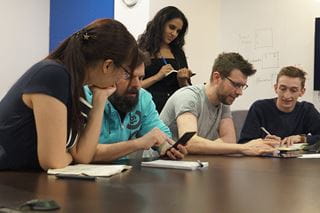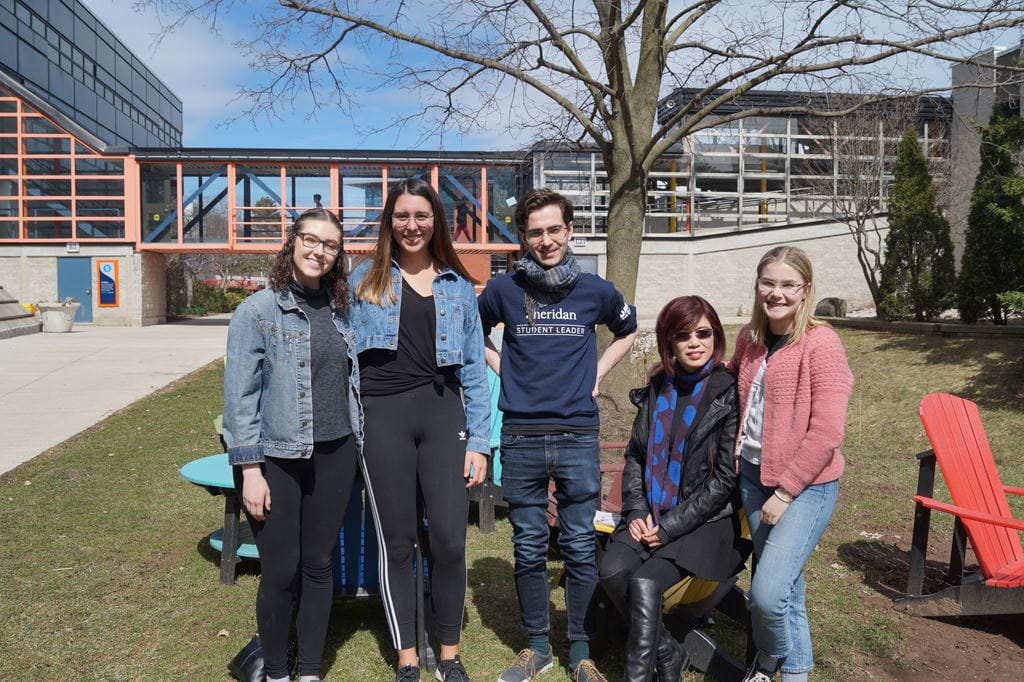
Who's your creative role model?
 by Keiko Kataoka – May 14, 2019
by Keiko Kataoka – May 14, 2019 Asking this of students studying in visually creative programs, who are also pursuing the Sheridan Board Undergraduate Certificate in Creativity and Creative Problem Solving, brings about discerning responses.
The question was put forward via a class assignment from Professor of Creativity and Creative Thinking, Dr. Brandon McFarlane, as a challenge for students to articulate, understand and in turn appreciate what it takes to be an innovator in the early 21st-century.
Five students from the class shared who they picked as their creative role model. They include people working as a newborn and portrait photographer, an indie game developer, a textile artist and professor, a documentary film editor and a ceramicist.
While each student used their own rationale to narrow the field to one, common characteristics are shared among all five: these people find new ways of doing things and do them with confidence.
Find out more about the students’ selections in their own words and that of their creative role models, below.
Emily VanderBeek, Honours Bachelor of Photography
Emily’s creative role model: Karen Byker, newborn and family photographer at Reflections of Life Photography
What sets Karen Byker apart in her field?
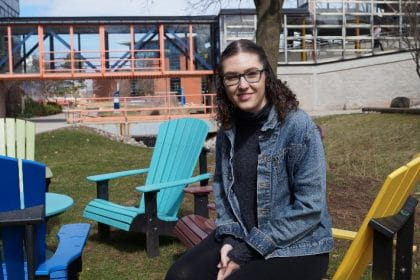
She does more than take pictures. In order to be successful in the industry, you need to be willing to work hard at all aspects of photography. In Karen’s own words, she states, “you are only behind the camera for a very small percent of the time. The other time should be spent networking, marketing and improving your business.” Byker is innovative because she puts so much time and effort into workshops, complimentary session and promotional offers, all in hopes of growing her brand.

How does she push boundaries as a creative?
She first learned the basics of photography and picture-taking and then found out what her own personal style was and stuck with it. She goes against the traditional norms of portrait photography because she does not use any lighting or props. She believes natural light is the best and has used it exclusively for most of her professional career. She also believes in simplicity, strictly focusing on neutral colours and soft tones within her images. Not many photographers out there have a style like her. As a creative person living in a world full of other innovators, she isn’t afraid to break “rules” every once in a while.
Sean Braithwaite, Honours Bachelor of Game Design
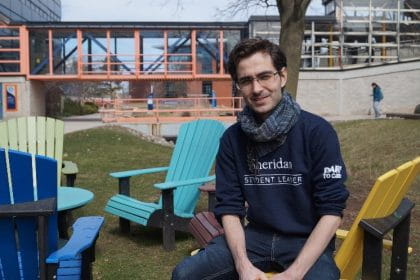
Sean’s creative role model: Shae Humphries, co-founder and art director at OddBird Studio and a Sheridan Honours Bachelor of Game Design alumnus.
How do you stand out when pitching a game to investors?

Don’t assume pre-existing knowledge. Sometimes, likening your ideas to an existing product can provide clarity, but only if your audience knows the example. Make a good impression by showing the potential of your idea upfront. You don’t need to show the game, but you need to give them something to look at. Investors want to be impressed and don’t necessarily know the inside-out of your industry and work pipeline.
How do you remain confident in your work when you’re new to the industry?
Take note of the highs so you can remember them during the lows. Know your work’s value. If you feel someone is undercutting your services, take them elsewhere.
Quinn MacGowan, Bachelor of Craft and Design – Industrial Design
Quinn’s creative role model: Amanda McCavour, Toronto-based textiles artist and Professor of Textiles at Sheridan
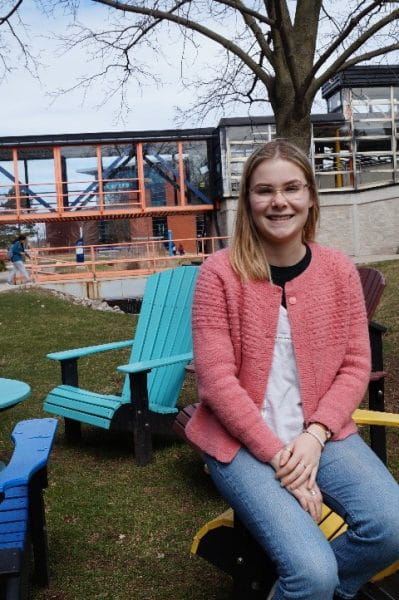
How does Amanda McCavour get inspired to be innovative?
By being curious and asking questions. “I think this is a really key skill,” says McCavour. “Being interested in the world around me and in those who are making, while also being curious about materials and processes, leads to testing, experimentation and ultimately, new pieces of work.”
How have other artists influenced her work?
During her time at the Harbourfront Centre, she was pushed by fellow artists, crafts people and designers to make her thread drawings life-sized. “This idea of making work together was new to me and really pushed me in different directions,” she says. “Working with others helped me to see my creative habits and push beyond them.”

What’s her advice for future innovators?
“Keep making and focus on what you want to do. Fight for it. Work at it. Find mentors and other artists who are at different stages of their career to help work on projects. Apply for things. Go to events, openings and lectures and show people your work. It’s rare that someone will find your work if you don’t put it out there. It’s also important to support others in the creative work they’re doing.”
Lexy Troth, Honours Bachelor of Film and Television
Lexy’s creative role model: Andres Landau, picture and documentary film editor
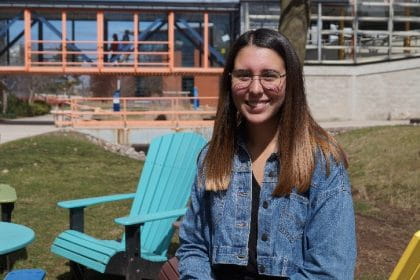
How does Andres Landau push the boundaries of the documentary genre?
Traditionally, documentaries are a compilation of talking head interviews and secondary footage (b-roll). Landau wanted to challenge this unwritten documentary rule and so, in his film, Unarmed Verses, he and the director, Charles Officer, told the story through a kid’s perspective without any traditional talking-head shots. This structure propelled his creativity forward by allowing him to take on a whole new approach to cutting a film that didn’t look or feel like a typical documentary.
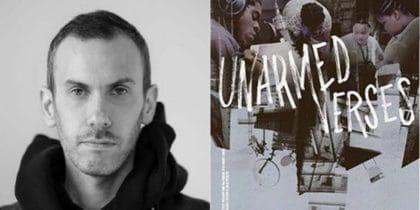
How does his experiences influence his work?
“Everything you are, you bring to the project,” says Landau. A huge part of being an innovator is bringing past life experiences or visions to the table and adding unique perspectives to the process. “I travel a lot, which allows me to see other cultures and talk to other people and see society and understand the world,” he says. All of your past experiences and knowledge allow you to approach projects with more background knowledge about the world we live in. After you master the basic technical skills in the editing suite, editors can focus more on the creative and innovative side of the experience.
Christy Chor, Bachelor of Craft and Design – Ceramics
Christy’s creative role model: Johnson Tsang, ceramic artist from Hong Kong
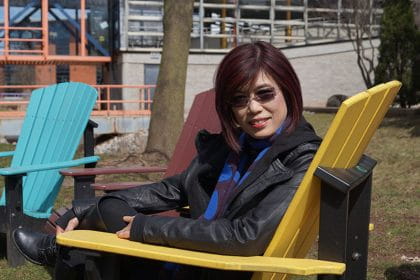
What inspires Johnson Tsang’s work?
His ideas come from his lucid dreams and meditation. The latter helps his creative neurons flow freely and release cluttering of thoughts in the brain. With his solid foundation of self-taught painting, craftmanship and photography, he challenges traditions and created his own style with inspirations from his life experience. He was raised by a single working mother without many materialistic indulgences. He survived with toughness, a positive attitude and independence. That independence gave him freedom to explore the world and to be curious about his surroundings. He incorporated the innocence and observant characteristics from childhood into his work.

How is he regarded among other ceramic artists?
He has a reputation as a humble and sincere master who is willing to share his wisdom and philosophy of life and work with patience. His emotional intelligence helps him tackle problems with calmness and strategy. He has the charisma of an internationally-renowned innovator as well as an influential educator and mentor.
Pictured at top of page (from left to right): Emily Vanderbeek, Lexy Troth, Seam Braithwaite, Christy Chor, Quinn MacGowan. Photo by Keiko Kataoka.
Story content from Emily Vanderbeek, Sean Braithwaite, Quinn MacGowan, Lexy Troth, Christy Chor. Content edited by Keiko Kataoka, Manager, Communications and Public Relations at Sheridan.
Media Contact
For media inquiries, contact Sheridan’s Communications and Public Relations team.

